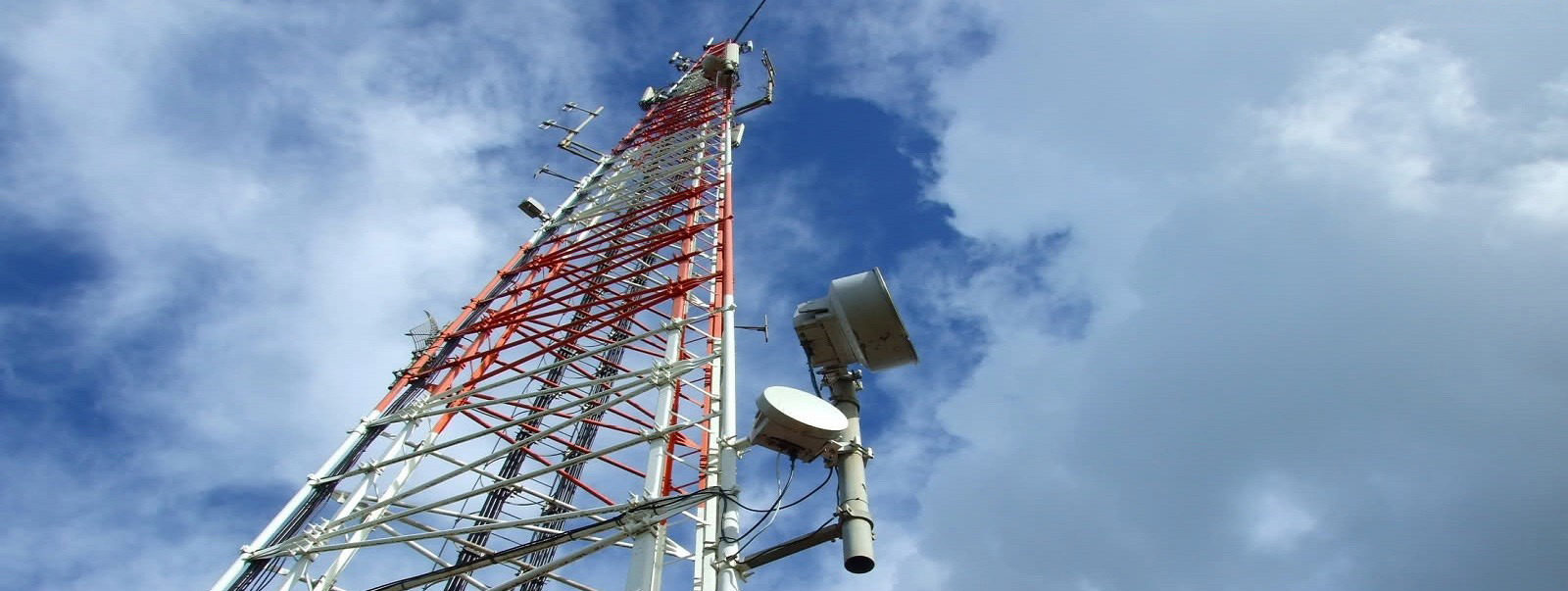
Last year, Floridians endured one of the most active hurricane seasons in more than a decade. During Hurricanes Hermine and Matthew, those impacted received only a taste of what has earned our state the reputation of being a hot spot for tropical weather.
Thankfully, the loss of life and damage was extremely minimal and the state’s emergency response went off without a hitch.
What you didn’t read following the storms were stories about first responders’ inability to communicate. That’s because local communities, especially in rural areas, have spent the last decade investing heavily in the communications infrastructure necessary to create stability and additional capacity during normal times and times of crises.
One of the companies that have been integral to this success is Aviat Networks, a California-based microwave provider that is working in several Florida counties and local municipalities with the technology they need to communicate when residents depend on them the most.
Aviat provides microwave technology – the network that transmits data and voice communications for first responders and other public safety users – in Miami-Dade, Broward and West Palm Beach counties, as well as for Miami-Dade Fire and Rescue, and the South Florida Water Management District. All of these entities had a role in keeping South Floridians safe and prepared during Hurricane Matthew, which was at one point a deadly Category 5 storm.
Beyond Florida, Aviat’s microwave is the backbone for 25 statewide public safety networks across the country and is deployed in every one of the 50 states.
Aviat’s microwave has been chosen by Florida cities and counties because of its proven reliability and security. According to the Aviat website, their solutions lead the industry in a key technology attribute known as ’output power‘ – which allows microwave signals to transmit further and more reliably through weather effects such as rain. This means public safety communications stay up during the harshest of conditions including severe hurricanes. Beyond this according to Aviat, the technology enables agencies to reduce the total lifecycle cost of microwave by up to 50 percent through the deployment of smaller antennas and fewer towers.
These are added bonuses for Floridians since the costs, and communications tower needs will undoubtedly increase as Florida’s NIMBY populations continue to grow.
If you’ve ever experienced a Wi-Fi outage at your home or business, it’s a mere inconvenience. But for public safety agencies, it could be a matter of life or death. That is what local governments have been putting a premium on reliable and secure microwave technology during a time when Florida has enjoyed a relatively inactive tropical weather period.
For all of Florida’s success in developing its public safety communications infrastructure in recent years, challenges remain. As we have seen with the recent wildfires in Collier County, responding to emergencies requires significant coordination among government at the local, state and federal levels. In rural areas, the success of traditional fiber optic technology may be limited, and the real solution for tomorrow’s technology lies in building smarter microwave networks that can fully integrate with local agencies’ networks. And most importantly microwave technology has built-in security safeguards.
Companies like Aviat are on the forefront of helping Florida prepare and respond to future emergencies. With hurricane season set to start June 1, the next test may be here before we know it.



